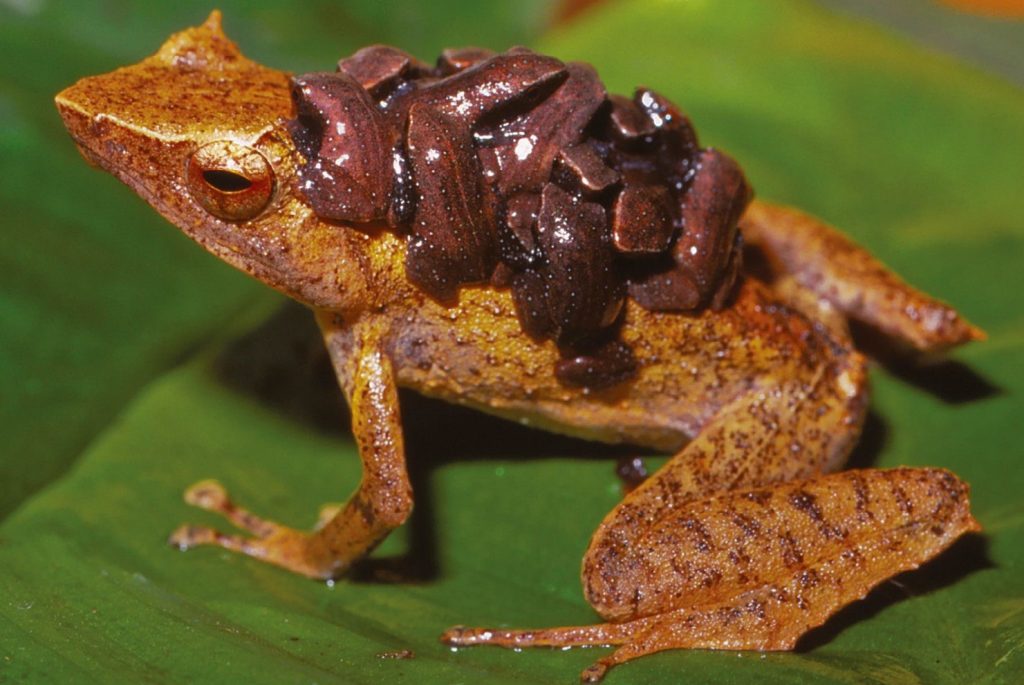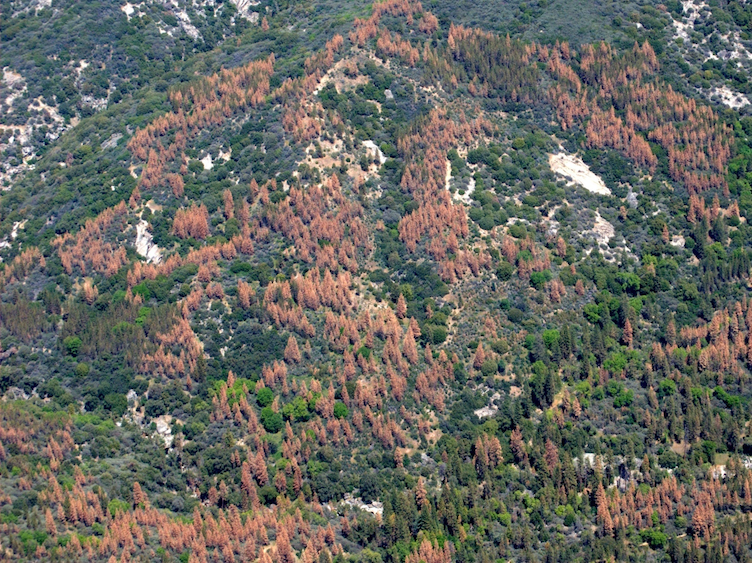
University of Guelph Researchers Discover Meat-Eating Plant in Ontario
By University of Guelph 6/7/2019 Call it the “Little Bog of Horrors.” In what is believed to be a first for North America, biologists at the University of Guelph have discovered that meat-eating pitcher plants in Ontario’s Algonquin Park wetlands consume not just bugs but also young salamanders. In a paper published this week in the journal Ecology, the research…










